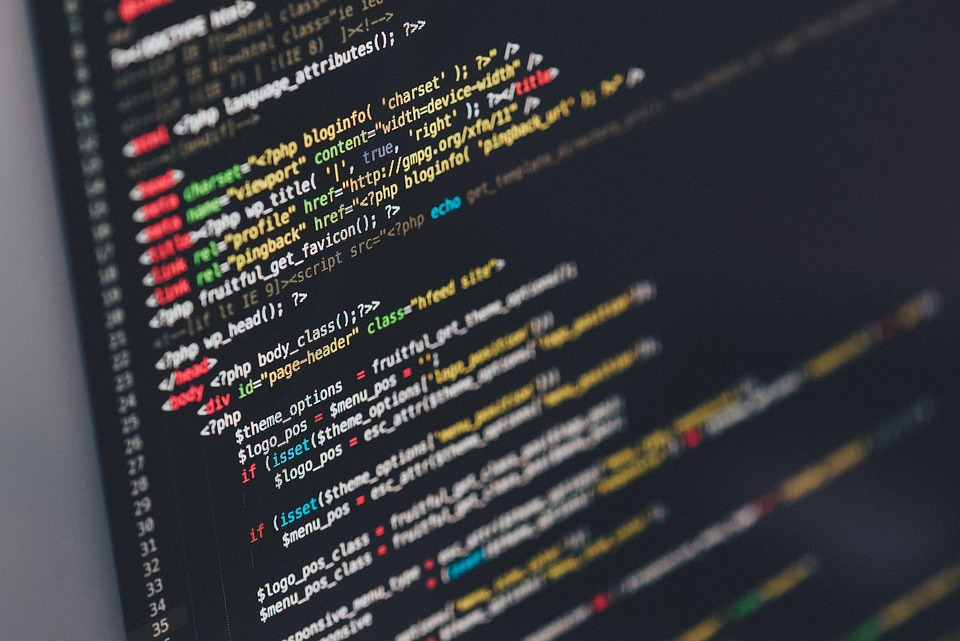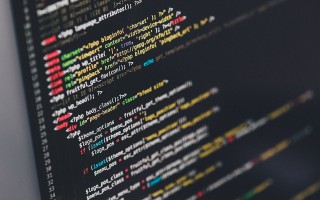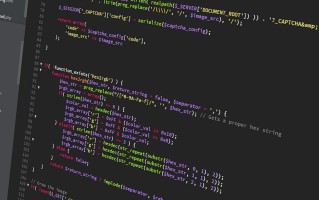is either 0 or 1. Particularly, n-digit binary number can be written as. This time, to test your mastery of binary numbers, Leg Han raises a problem to you.Among all n-digit binary numbers whose amount of 1 is m, please print the k-th smallest one.
As a programmer, you are probably familiar with the binary representation of integers. That is, write an integer x as sum a_{i}2^{i} ∑a i 2 i , where each a_{i} a i is either 0 or 1. Particularly, n-digit binary number can be written as sum_{i = 0}^{n-1} a_{i}2^{i} ∑ i=0 n−1 a i 2 i , in which a_{n-1} a n−1 must equal to 1. This time, to test your mastery of binary numbers, Leg Han raises a problem to you. Among all n-digit binary numbers whose amount of 1 is m, please print the k-th smallest one. It is guaranteed that k is legal.








